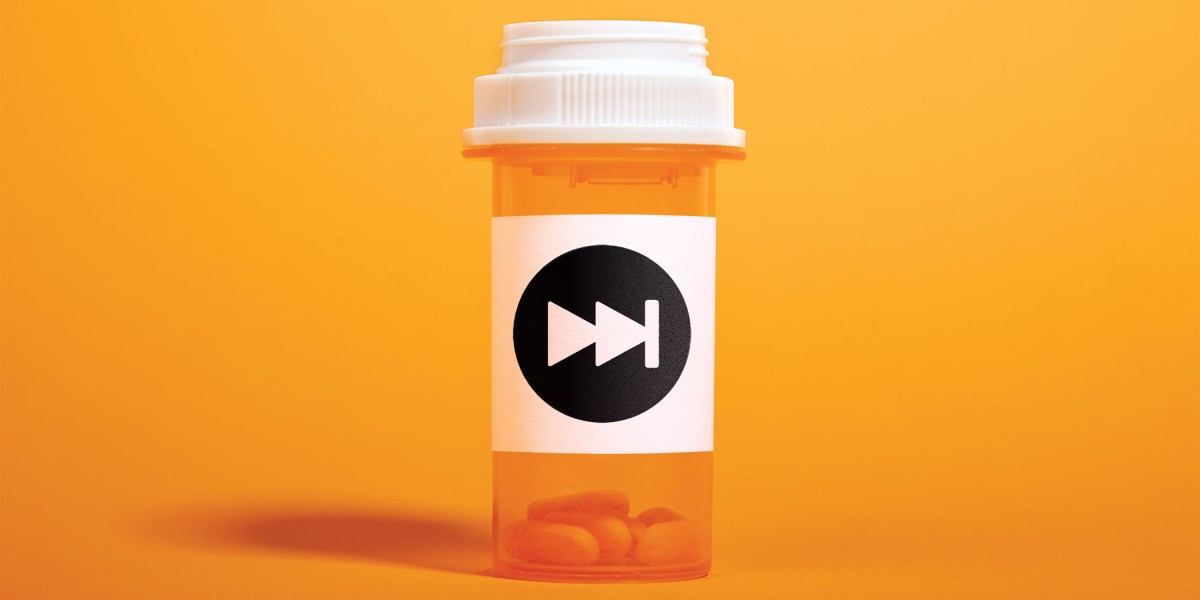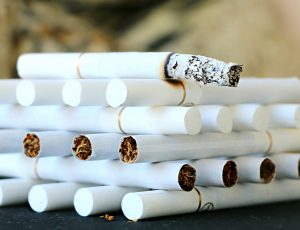Who gets to decide who receives experimental medical treatments?

Just last year, a woman received a CRISPR treatment designed to lower her levels of cholesterol—a therapy that directly edited her genetic code. Also last year, a genetically modified pig’s heart was transplanted into a man with severe heart disease. Debates have raged over whether he was the right candidate for the surgery, since he ultimately died.
For many, especially those with severe diseases, trying an experimental treatment may be better than nothing. That’s the case for some people with Duchenne, says Hawken Miller, a 26-year-old with the condition. “It’s a fatal disease,” he says. “Some people would rather do something than sit around and wait for it to take their lives.”
Expanding access
There’s a difficult balance to be reached between protecting people from the unknown effects of a new treatment and enabling access to something potentially life-saving. Trying an experimental drug could cure a person’s disease. It could also end up making no difference, or even doing harm. And if companies struggle to get funding following a bad outcome, it could delay progress in an entire research field—perhaps slowing future drug approvals.
In the US, most experimental treatments are accessed through the FDA. Starting in the 1960s and ’70s, drug manufacturers had to prove to the agency that their products actually worked, and that the benefits of taking them would outweigh any risks. “That really closed the door on patients’ being able to access drugs on a speculative basis,” says Christopher Robertson, a specialist in health law at Boston University.
It makes sense to set a high bar of evidence for new medicines. But the way you weigh risks and benefits can change when you receive a devastating diagnosis. And it wasn’t long before people with terminal illnesses started asking for access to unapproved, experimental drugs.
“If … somebody gets compassionate use and then something bad happens to them, investors run away. It’s a business risk.”
Alison Bateman-House, ethicist
In 1979, a group of people with terminal cancer and their spouses brought a legal case against the government to allow them to access an experimental treatment. While a district court ruled that one of the plaintiffs should be allowed to buy the drug, it concluded that whether a person’s disease was curable or not was beside the point—everyone should still be protected from ineffective drugs. The decision was eventually backed by the Supreme Court. “Even for terminally ill patients, there’s still a concept of safety and efficacy under the statute,” says Robertson.
Today, there are lots of ways people might access experimental drugs on an individual basis. Perhaps the most obvious way is by taking part in a clinical trial. Early-stage trials typically offer low doses to healthy volunteers to make sure new drugs are safe before they are offered to people with the condition the drugs are ultimately meant to treat. Some trials are “open label,” where everyone knows who is getting what. The gold standard is trials that are randomized, placebo controlled, and blinded: some volunteers get the drug, some get the placebo, and no one—not even the doctors administering the drugs—knows who is getting what until after the results have been collected. These are the kinds of studies you need to do to tell if a drug is really going to help people.
But clinical trials aren’t an option for everyone who might want to try an unproven treatment. Trials tend to have strict criteria about who is eligible depending on their age and health status, for example. Geography and timing matter, too—a person who wants to try a certain drug might live too far from where the trial is being conducted, or might have missed the enrollment window.





